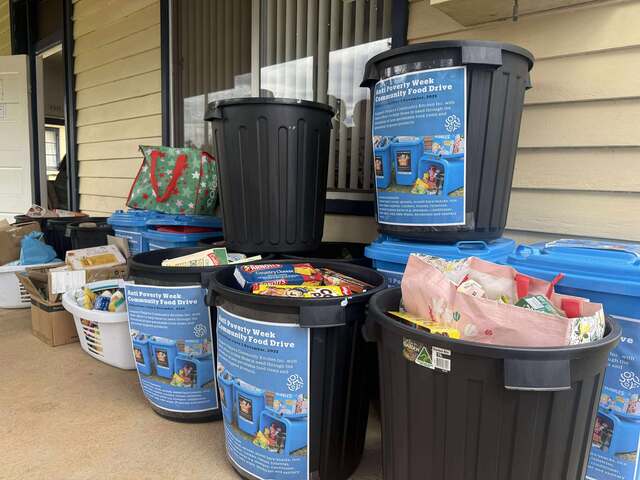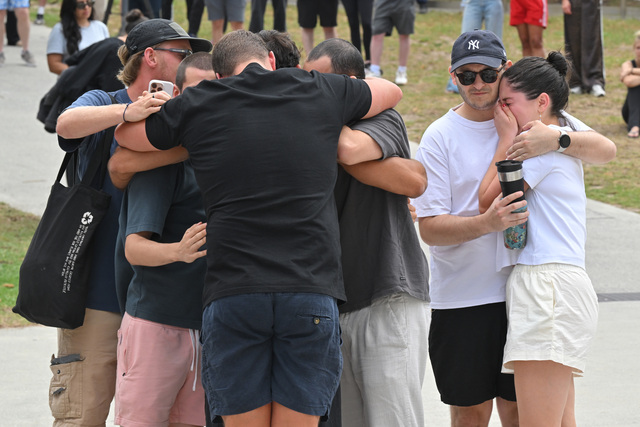Modern society expects that buildings, footpaths, carparks and other facilities that are part and parcel of modern life should provide accessible and safe use for everyone, regardless of age or disability. Unfortunately designers, builders and developers, often overlook the practical needs of many groups in the community when planning new facilities.
This can result in inconvenience to users or, in a worst case scenario, injury. This leads to the need for costly reconstruction and occasionally litigation. Council staff can spend many hours screening development and building applications to avoid such problems.
At Burwood Council in NSW, a proposal to make designers aware from the outset, of the multiple needs which should be addressed in their plans, aims to save time and money for both Council and builders. At the same time, a safer and more accessible City for all citizens is being created.
A Handbook for builders and developers, titled ‘Accessible Burwood’, clearly sets out requirements of the Australian Building Code of Practice and the Disability Discrimination Act. In addition, it offers a list of helpful local services, including disability support groups and suppliers of complementary equipment, who can lend their experience and practical advice to a project during the design stage.
A comprehensive checklist at the end of the booklet enables users to quickly ascertain if they have considered all relevant design issues. Tracey Sweetman, Community Services Planner, at Burwood cites examples of beautifully designed handrails, non slip surfaces and appropriate gradients all being negated by the thoughtless inclusion of a step or inaccessible carpark.
Burwood Council recognises that by providing better access for all these groups, local commerce and retailing can only benefit, thus making investment in better design worthwhile for everyone. As the Australian population tends to age and as recognition of the rights and needs of all citizens to have access to facilities makes for a happier, healthier and more productive community, better design practices are essential.
Benefits of the handbook accrue all round, in quicker processing of applications for Council, in less likelihood of builders and developers having to resubmit applications, and in all citizens being able to more actively engage in local life.
For further information contact Tracey Sweetman, telephone (02) 9911 9911.







